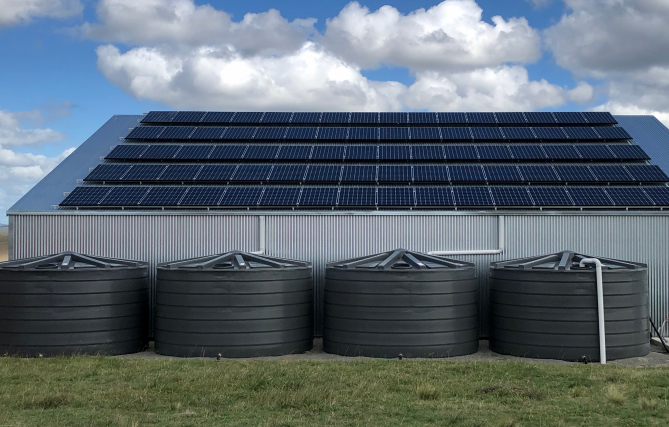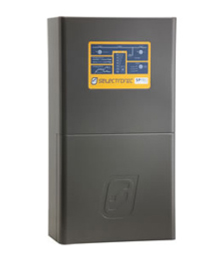Your guide to Off-Grid power systems
Welcome to the world of Off-Grid power!
At Yass Valley Solar, we seek to provide an exceptional experience
by giving you a thorough understanding of the whole process.
We provide all of the information required to decide on the
right system that covers all of your needs whilst providing many
years of trouble-free operation.
Throughout the years of building and installing Off-Grid systems
for our clients, we have learned a lot and met
some pretty amazing people along the way.
It is our hope that we can pass this experience on to you and
that the information is helpful.
We look forward to speaking soon.





